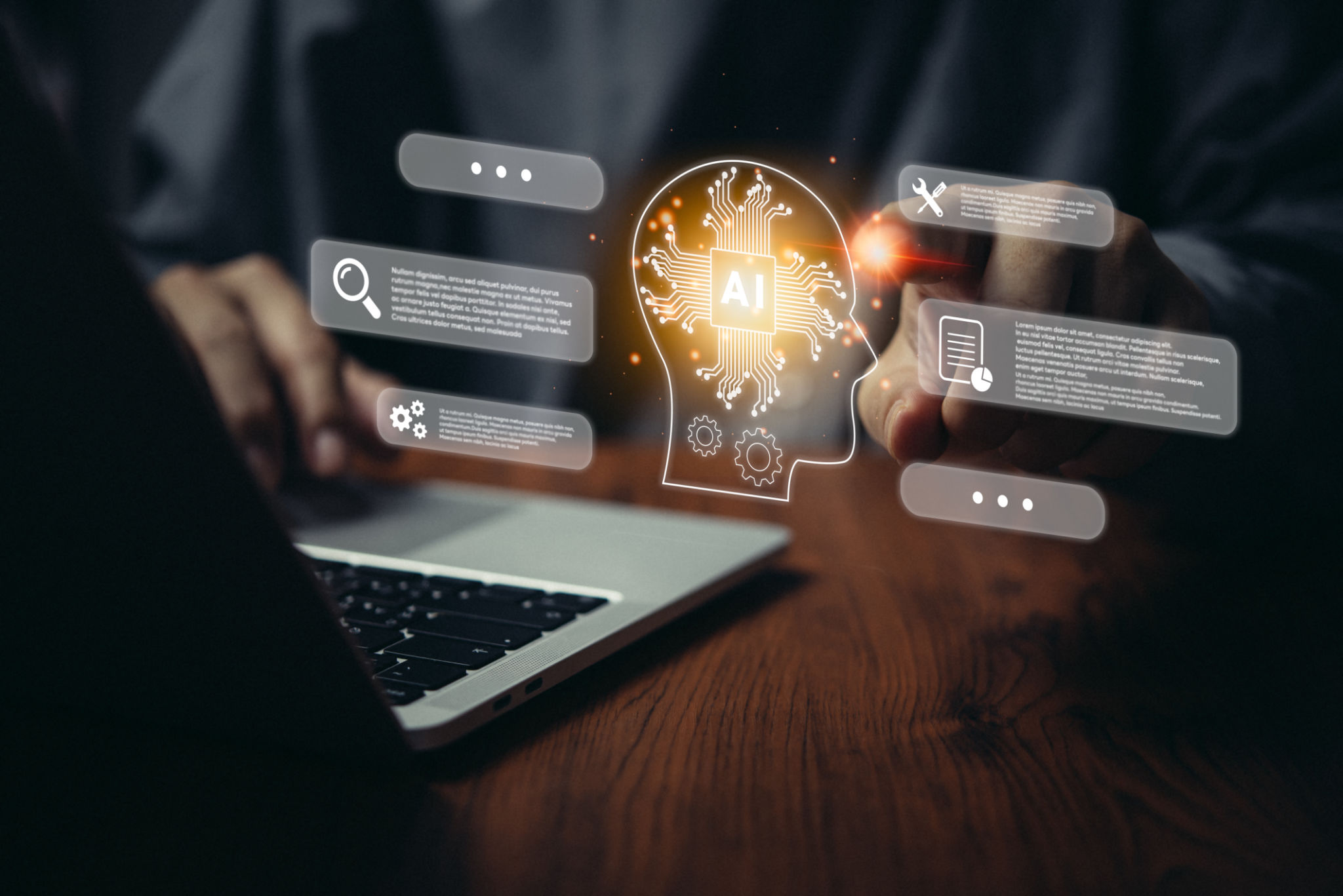How to Integrate GPT-Powered Chatbots into Your Existing Business Platforms
Understanding GPT-Powered Chatbots
In today's fast-paced digital landscape, businesses are increasingly turning to artificial intelligence to streamline operations and enhance customer interactions. One such transformative technology is the GPT-powered chatbot. These advanced chatbots leverage the powerful capabilities of Generative Pre-trained Transformers (GPT) to provide more human-like and contextually aware interactions.
GPT-powered chatbots can handle complex queries, learn from interactions, and adapt to user preferences over time. This makes them an invaluable tool for improving customer service, reducing response times, and even personalizing marketing campaigns.

Assessing Your Business Needs
Before integrating a GPT-powered chatbot into your existing business platforms, it's crucial to assess your specific needs. Consider what goals you aim to achieve with the chatbot. Is it to improve customer service, reduce operational costs, or enhance user engagement? Understanding your objectives will guide the implementation process.
Evaluate the current systems you use and identify how a chatbot can complement these tools. Whether you rely on CRM software, e-commerce platforms, or internal communication tools, knowing where a chatbot can add value will help in seamless integration.
Selecting the Right Platform
Choosing the right platform for deploying your GPT-powered chatbot is vital. Numerous platforms offer integration capabilities with existing business systems. Look for platforms that support API integrations, as this allows the chatbot to communicate effectively with your existing infrastructure.
It's also beneficial to select a platform that offers customization options. This ensures that your chatbot aligns with your brand's tone and can address specific customer inquiries effectively. Platforms that provide analytics can offer insights into customer interactions, helping you refine the bot's performance over time.

Designing the Chatbot Experience
The design of your GPT-powered chatbot plays a significant role in its effectiveness. Start by mapping out typical customer journeys and identifying key interaction points where a chatbot can provide assistance. This could include answering frequently asked questions, providing product recommendations, or processing simple transactions.
Design the chatbot’s conversational flow to be intuitive and engaging. Use natural language processing (NLP) capabilities to understand and respond to user inputs accurately. Testing various scenarios during the design phase can help ensure a smooth user experience.
Integrating with Existing Systems
Once you have selected your platform and designed the chatbot experience, it's time to integrate it with your existing systems. Begin by connecting the chatbot to your customer relationship management (CRM) software to access customer data and personalize interactions.
If you operate an e-commerce business, linking the chatbot to your inventory management system can allow it to provide real-time product availability updates. Ensure all integrations are secure and compliant with data protection regulations.

Training and Monitoring the Chatbot
After integration, train your GPT-powered chatbot using historical data and anticipated queries. This training phase helps the chatbot understand context and provide accurate responses. Regular updates based on new data can further refine its capabilities.
Monitoring the chatbot's performance is essential for ongoing improvement. Use analytics tools to track metrics such as response times, user satisfaction, and conversion rates. Gathering feedback from users can also provide valuable insights for enhancements.
Enhancing Customer Engagement
With your GPT-powered chatbot fully integrated and operational, focus on enhancing customer engagement. Encourage users to interact with the chatbot by promoting its capabilities across your platforms. Highlight how it can assist with common inquiries, support requests, or even exclusive offers.
Consider leveraging the chatbot for personalized marketing efforts. By analyzing user interactions, you can tailor messages that resonate with individual preferences, thereby boosting engagement and conversion rates.
Continuous Improvement and Future Opportunities
The integration of GPT-powered chatbots is not a one-time task but an ongoing process of improvement. Regularly update the bot's knowledge base to reflect new products, services, or changes in customer behavior. Stay informed about advancements in AI technology to explore new features that could enhance your chatbot's capabilities.
As technology evolves, consider expanding the role of your chatbot beyond customer service. Explore opportunities in areas such as lead generation, employee support, or even as a tool for gathering valuable business insights.

